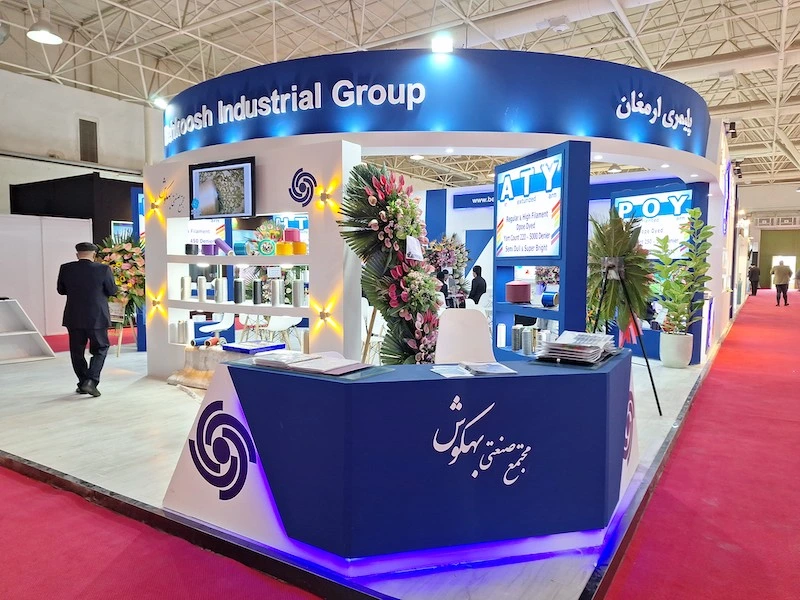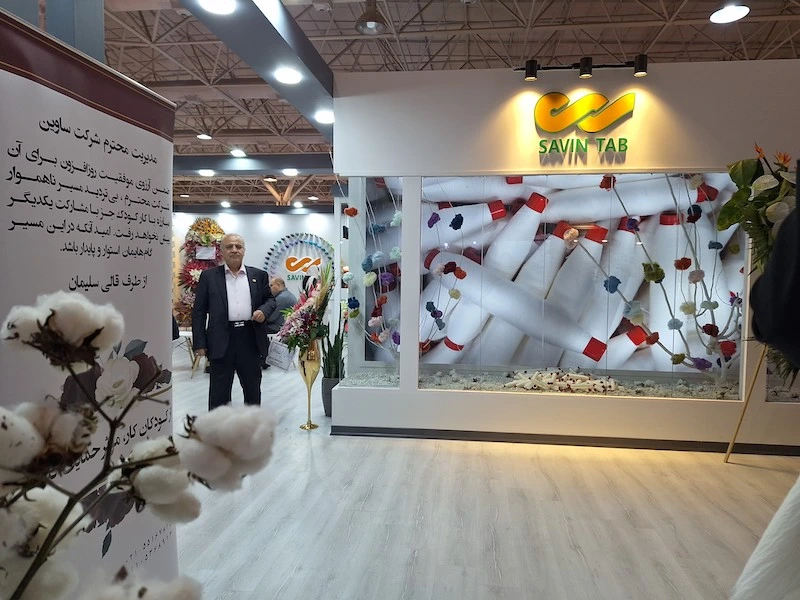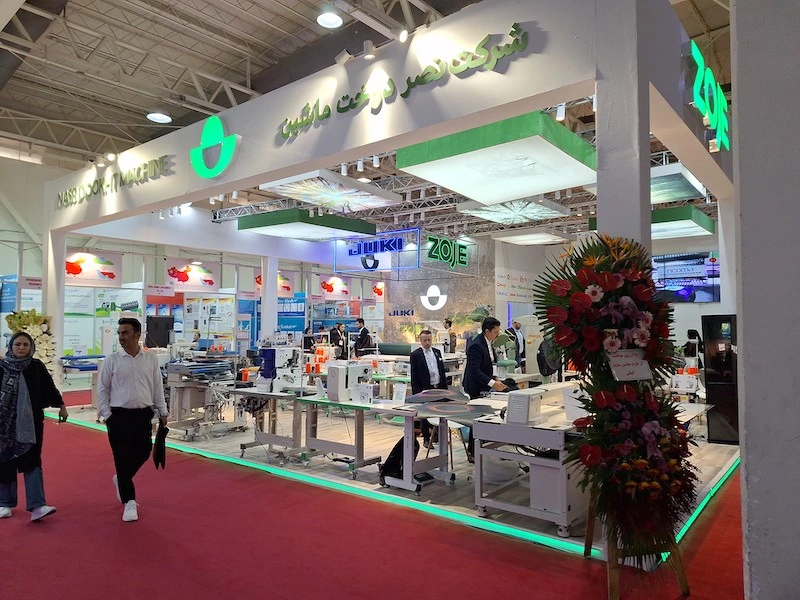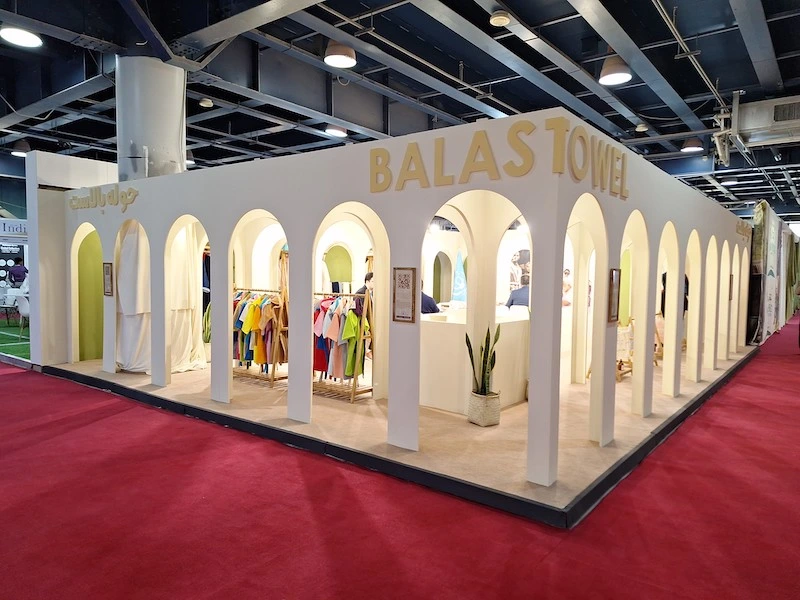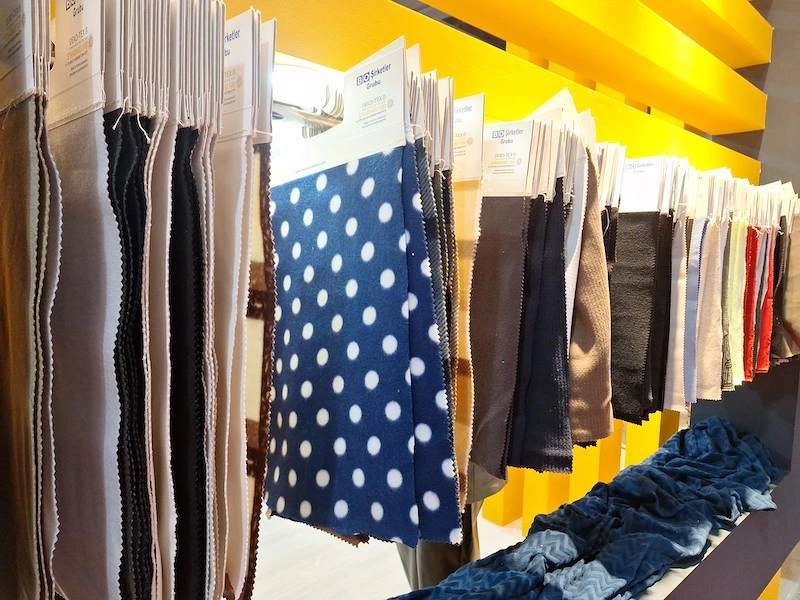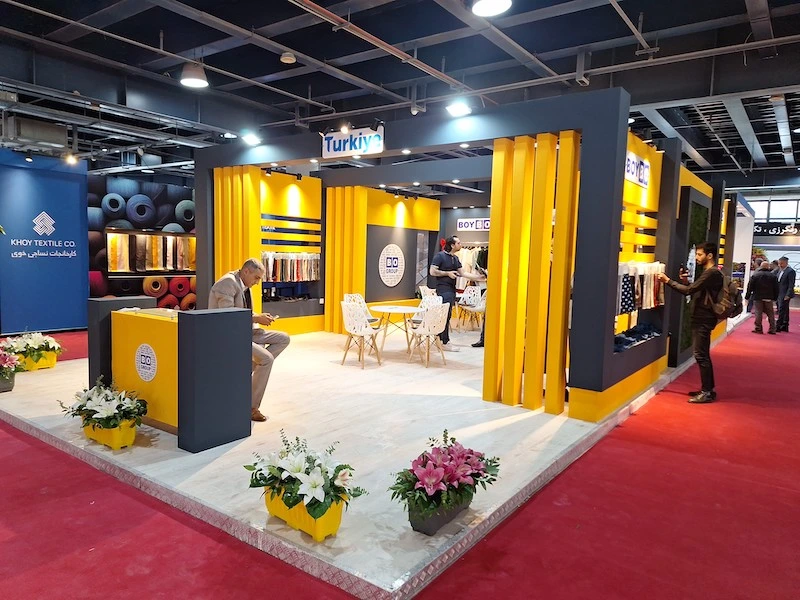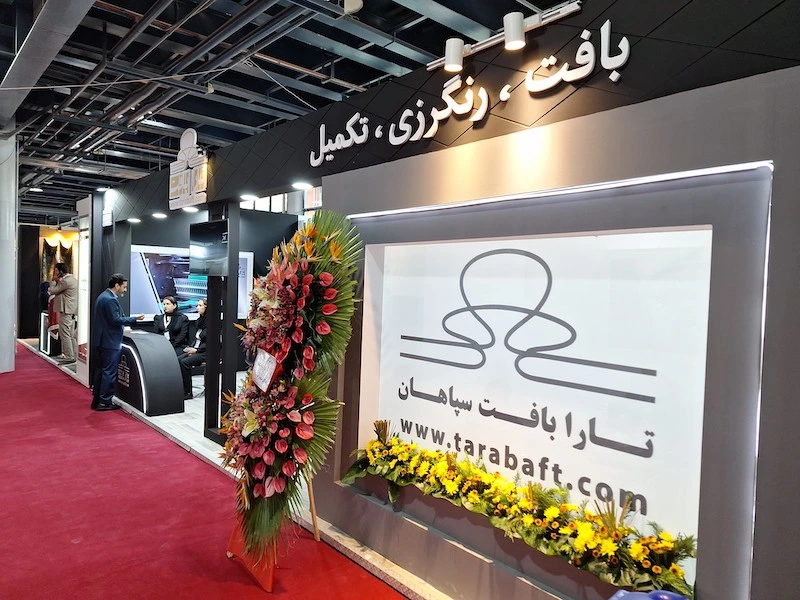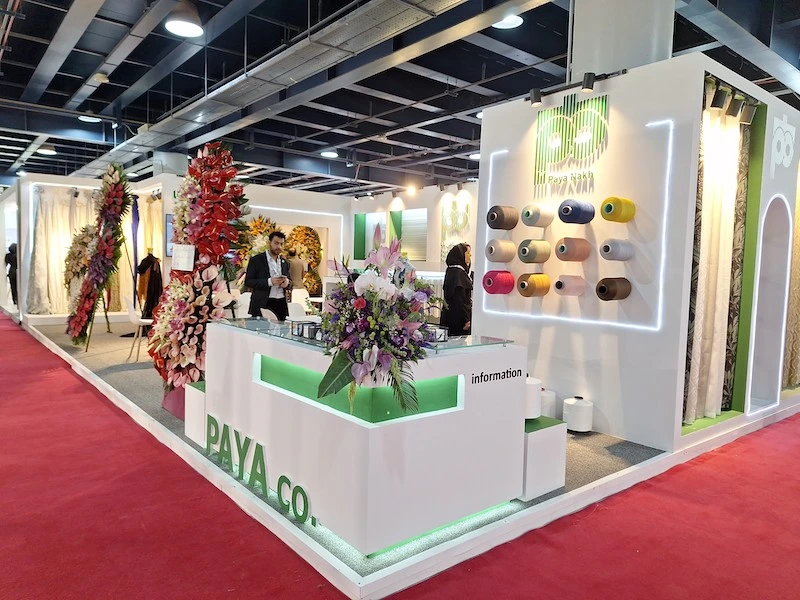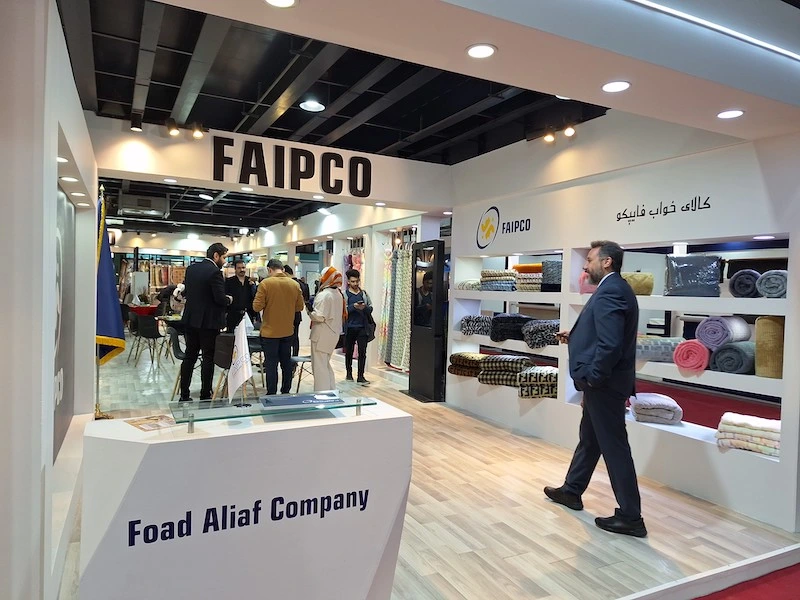The 29th Irantex exhibition, recognized as the largest textile exhibition in Iran, recently came to a close, leaving an array of questions, challenges, and opportunities in its wake. In this comprehensive analysis, we delve into the various facets that defined this year’s exhibition and explore the broader context that influences Iran’s textile industry.
We examine the declining quality of Irantex over the years, the economic obstacles faced by Iran, the challenges foreign companies encounter when doing business with the country, the low presence of foreign visitors, and the high costs for foreign exhibitors. By addressing these issues, we aim to shed light on the potential of Iran’s textile industry, which, despite its current hurdles, boasts significant cultural and historical value.
Irantex: A Brief Overview
Irantex has long held the distinction of being Iran’s most prominent textile exhibition. Each year, it offers a platform for local and international textile industry players to showcase their products and innovations. This exhibition has been a central meeting point for textile professionals, fostering knowledge exchange, and facilitating business opportunities. However, the challenges it has faced recently require a closer examination to understand the current state of Iran’s textile industry.
Quality Decline: A Cause for Concern
One recurring theme in the discussions surrounding Irantex is the gradual decline in the quality of the exhibition itself. Observers have noted that over the years, Irantex has faced challenges in maintaining its standards and relevance in the textile industry. There is a growing consensus that the quality of the event has diminished each year.
Economic Hurdles in Iran: The Bigger Picture
Irantex’s decline is not an isolated phenomenon. It is reflective of the broader economic and political landscape in Iran. The country has been grappling with severe economic challenges that have a direct impact on all industries, including textiles. Several factors contribute to these economic challenges:
1. Comprehensive Economic Sanctions
– Iran has been facing comprehensive economic sanctions imposed by the international community. These sanctions have had a profound impact on the country’s economy, making it increasingly difficult for businesses to operate, particularly in international trade.
2. Inflation
– High inflation rates have eroded the purchasing power of the Iranian population, causing a reduction in domestic consumption. Businesses, including those in the textile industry, have had to navigate the complexities of managing their operations amidst rampant inflation.
3. Political Instability
– Political instability within Iran has added to the challenges facing the textile industry. It has created an environment of uncertainty that hampers long-term planning and investments.
The cumulative impact of these economic challenges has been felt by businesses across various sectors. For the textile industry, these challenges have led to a reduced presence of European machinery companies at Irantex. This, in turn, has an impact on the overall quality and appeal of the exhibition.
The Irantex 2023 exhibition saw the participation of over 250 companies, both Iranian and international. Out of these, 170 were of Iranian origin, while the remaining exhibitors hailed from China, Turkey, and India. The event unfolded across an expansive space spanning more than 18,000 square meters.
Furthermore, during this exhibition, 15 educational workshops and two specialized conferences were conducted. These sessions featured the valuable presence of experts and university professors, fostering a platform for the exchange of knowledge and experiences.
Foreign Companies’ Payment Challenges
One of the most significant obstacles foreign companies face when engaging with Iran is the restriction on international bank transfers. These financial constraints complicate trade relationships, posing substantial risks and challenges. As a result, even non-European and American companies, although geographically closer to Iran, are hesitant to engage in high-risk transactions.
1. Risky Trade
– The lack of conventional banking channels means that transactions with Iranian partners must be conducted in cash or through exchange centers established between the two countries. This situation exposes foreign businesses to various risks and uncertainties.
2. Tariffs on Textile Goods
– Iran has also imposed heavy tariffs on specific textile goods, including yarn. These tariffs make cross-border trade through customs an unviable option. Consequently, some textile goods are imported into Iran through informal, often illicit, means by yarn and cloth smugglers.
For instance, Turkey, a neighboring country with a substantial market in Iran, is represented at Irantex with only around ten companies. This is a fraction of the potential business that could be established, considering the strong presence of Turkish companies in textile exhibitions worldwide. The Turkish government provides substantial subsidies, further strengthening its textile industry’s global footprint. Similar dynamics are observed in India and China.
Low Presence of Foreign Visitors
While the challenges faced by foreign companies operating in Iran are apparent, there is another side to the equation—the low presence of foreign visitors at Irantex. Several factors contribute to this phenomenon.
1. Security Concerns
– Iran’s geopolitical situation has led to security concerns that deter foreign visitors. Traveling to Iran is perceived as a risky endeavor.
2. Visa Difficulties
– Obtaining a visa for countries like the United States becomes challenging for individuals with a history of travel to Iran. This negatively affects businessmen who require a visa to enter the United States.
3. High Visa Costs
– In some cases, business travelers use disposable passports, incurring substantial expenses. Turkish companies, for example, use this method to engage with both Iran and the United States. This approach, while practical for some, comes with its own set of complications and expenses.
Furthermore, the organizers of Irantex face limitations in terms of government support for inviting trade delegations of buyers. They lack the funds necessary to facilitate this. Consequently, foreign visitors’ low presence at the exhibition has resulted in limited opportunities for Iranian textile manufacturers to access international markets.
Irantex and Heavy Costs for Foreign Exhibitors
The cost of renting exhibition space at Irantex is notably high. The exhibition site is government-owned, and the prices charged for renting space begin at $250. These prices represent a considerable markup compared to international exhibition standards. This is a significant deterrent for foreign exhibitors looking to participate in the event.
Conclusion: The Road Ahead for Iran’s Textile Industry
In conclusion, the challenges faced by Irantex and the broader textile industry in Iran are multifaceted. However, they also present opportunities for improvement. Iran’s textile industry boasts significant potential, grounded in its rich cultural and historical heritage. To harness this potential and achieve a stronger position in global markets, addressing the existing problems is imperative.
Economic sanctions, political instability, and inflation have presented formidable obstacles for businesses in Iran. To overcome these hurdles, the government needs to adopt policies that promote economic stability and foster an environment conducive to international trade. Additionally, measures to streamline and reduce the costs of doing business, such as high exhibition space rentals, are essential to attract foreign exhibitors and visitors.
The textile industry in Iran has the potential to compete on a global scale in terms of quality and diversity of products. However, for Iranian textile manufacturers to realize their full potential, it is essential to address these challenges. A sustainable and thriving textile industry not only benefits Iran’s economy but also preserves its cultural and historical significance in the global textile landscape.




